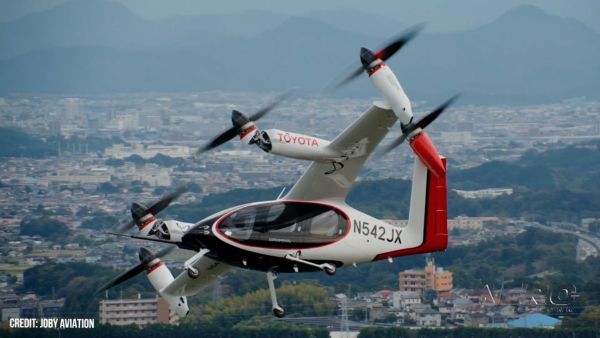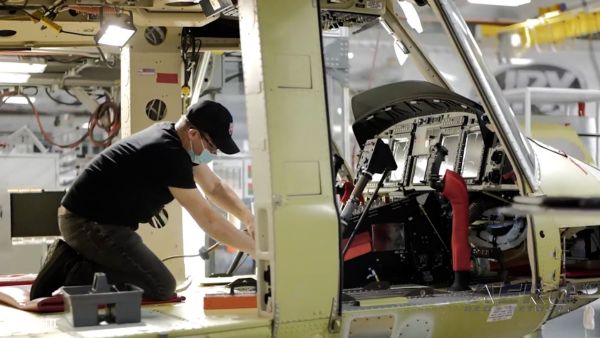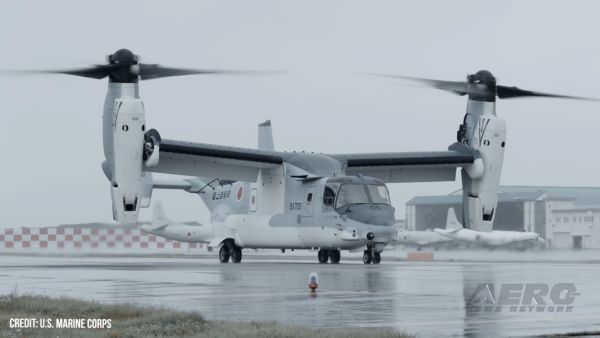Sat, Sep 22, 2012
Signs Contract For Digital Communications In Aircraft
The FAA announced a significant step forward in its Next Generation Air Transportation System (NextGen) programs, awarding a contract that will supplement the voice communications currently used in commercial aviation with a digital system for clearer, more efficient communication between air traffic controllers, the flight deck and pilots.

The FAA said on Thursday it has selected Harris Corporation Government Communications Systems to provide Data Communications Integrated Services (DCIS), with a subcontracting team that includes ARINC Inc., GE Aviation and Thales. “The FAA’s commitment to Data Communications is a critical next step for improving air safety, reducing delays, increasing fuel savings and improving the environment,” said Acting Administrator Michael P. Huerta. “When fully implemented, DataComm will make work safer and more efficient for both the air traffic controller and the pilot.”
Voice communication is currently the primary means of relaying information in air traffic management. However, voice communication is not the most effective way for air traffic controllers and pilots to communicate because it can be time-consuming and limiting. DataComm supplements today’s analog voice-only air-to-ground communications system with a digital system, and it will become the primary mode of communication in air traffic in the future.
DataComm will provide a two-way data exchange between controllers and flight crews for clearances, instructions, advisories, flight crew requests and reports. It will enhance air traffic safety by allowing controllers to give more timely and effective clearances, and more reliable messages to reduce the risk of incidents associated with voice communications. It will also help air traffic controllers safely handle more traffic by reducing congestion on radio frequencies and related errors.
The FAA will deploy data communications in air traffic control towers by 2016 and in air traffic facilities that manage high altitude traffic beginning in 2019. The $331 million contract covers seven years, with 10 additional one-year options. Harris Corporation will also be responsible for contracting directly with communication service providers to establish Data Communications Network Services.
More News
Aero Linx: Vertical Aviation Safety Team (VAST) The Vertical Aviation Safety Team (VAST) is a public–private initiative to enhance worldwide flight operations safety in all s>[...]
Maximum Authorized Altitude A published altitude representing the maximum usable altitude or flight level for an airspace structure or route segment. It is the highest altitude on >[...]
“The final hole size matched-drilled technology ensures that all parts align perfectly, reducing the need for measurements and adjustments. This advancement not only saves ti>[...]
Also: EAA Scholarship, Keewatin Air Pilots, Bell Textron Donates, Capt. Judy Cameron Scholarship On December 1, 2024, the FAA will be finalizing major changes for current and futur>[...]
An SnF2023 Favorite (YouTube Edition): The Stearman Storyteller A young Dutch boy looked on, rapt with amazement, as a T-6 pilot flew an aerobatic routine during an airshow long lo>[...]
 ANN's Daily Aero-Linx (11.07.24)
ANN's Daily Aero-Linx (11.07.24) ANN's Daily Aero-Term (11.07.24): Maximum Authorized Altitude
ANN's Daily Aero-Term (11.07.24): Maximum Authorized Altitude Aero-News: Quote of the Day (11.08.24)
Aero-News: Quote of the Day (11.08.24) Airborne-Flight Training 11.07.24: CFI Changes, DPE Symposium, Evektor Harmony
Airborne-Flight Training 11.07.24: CFI Changes, DPE Symposium, Evektor Harmony Classic Aero-TV: Of Old Crows and Young Hearts
Classic Aero-TV: Of Old Crows and Young Hearts



